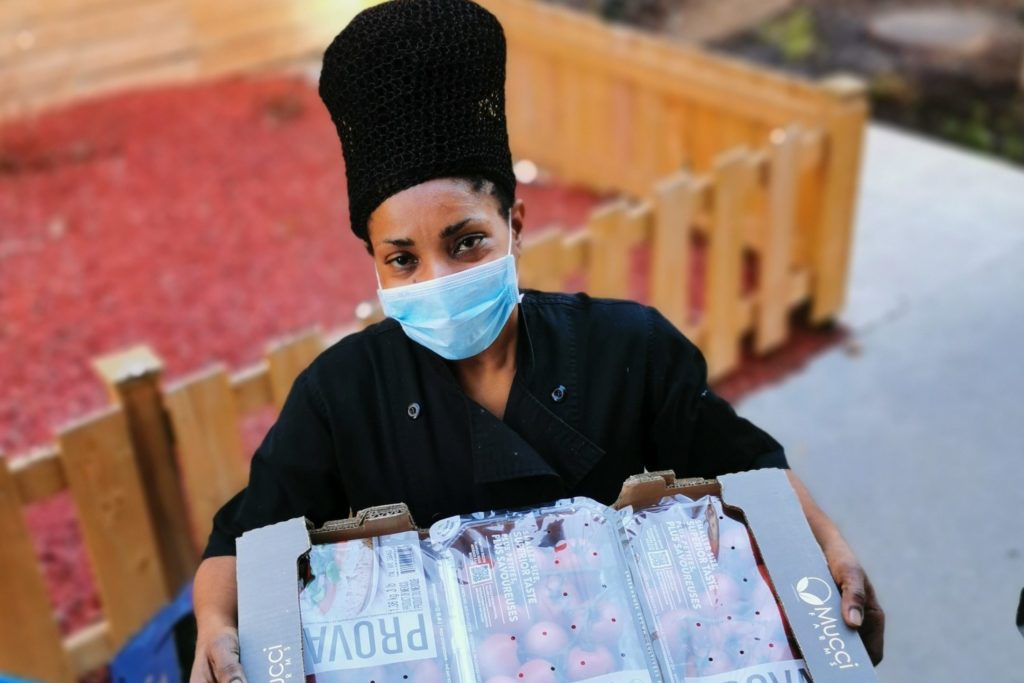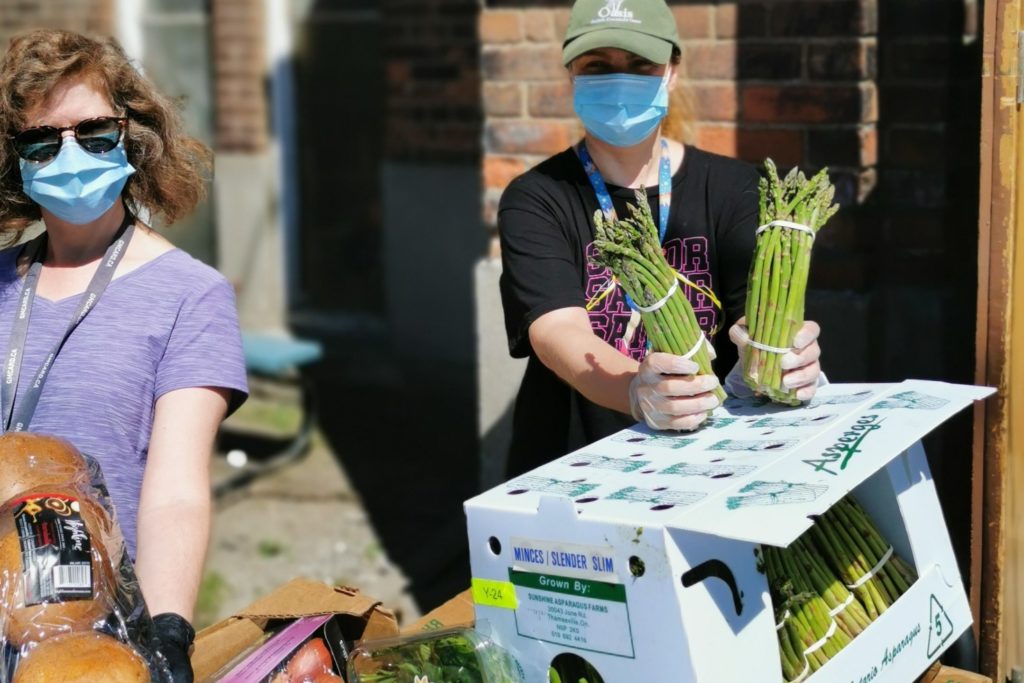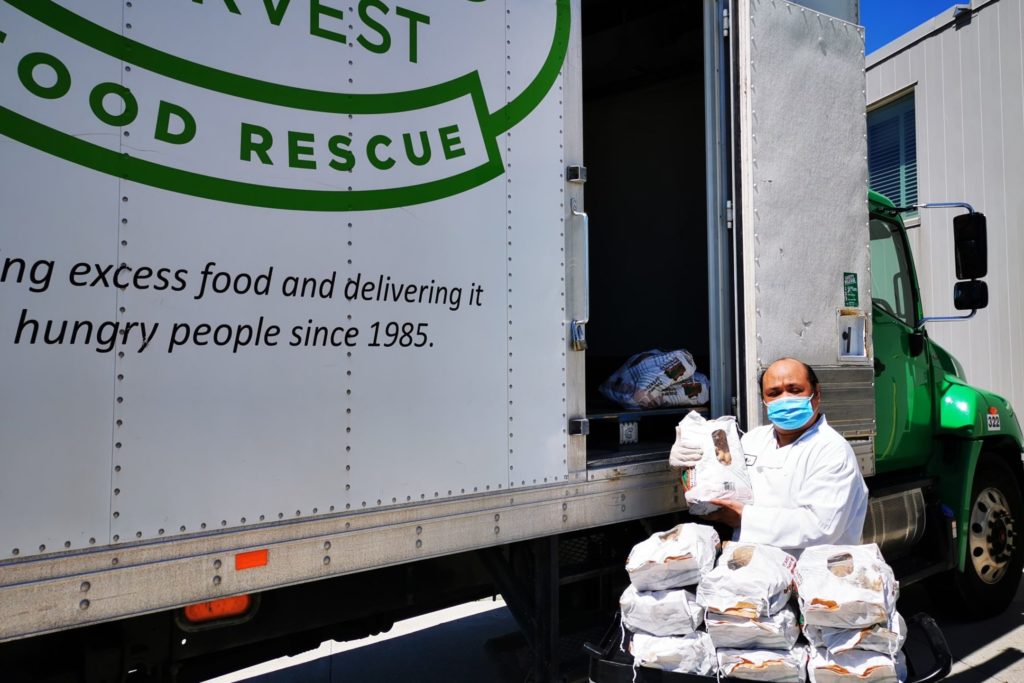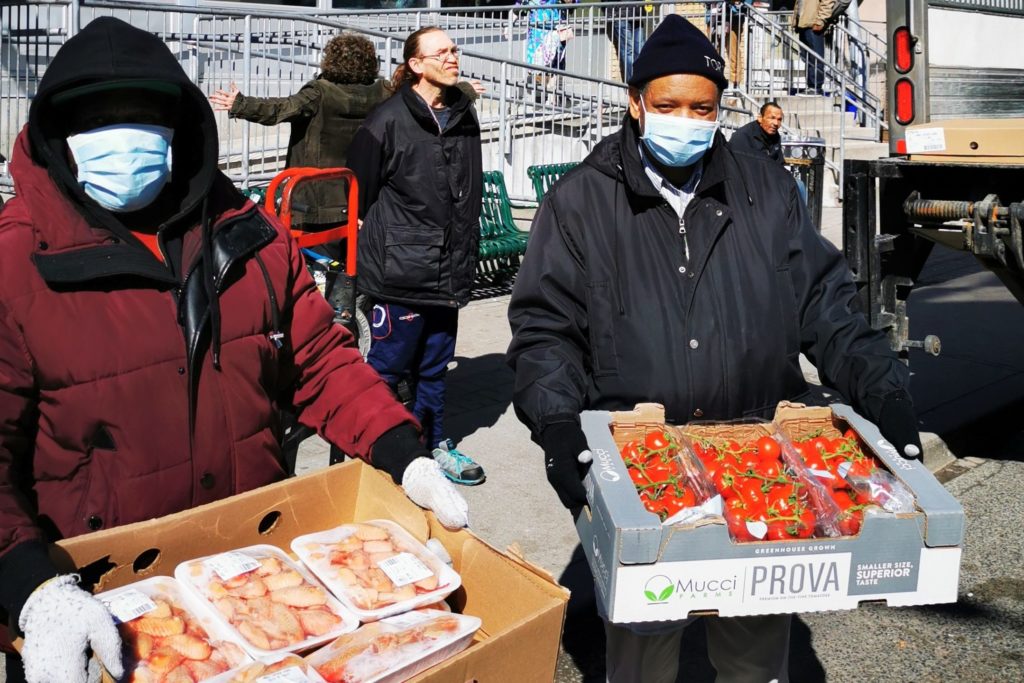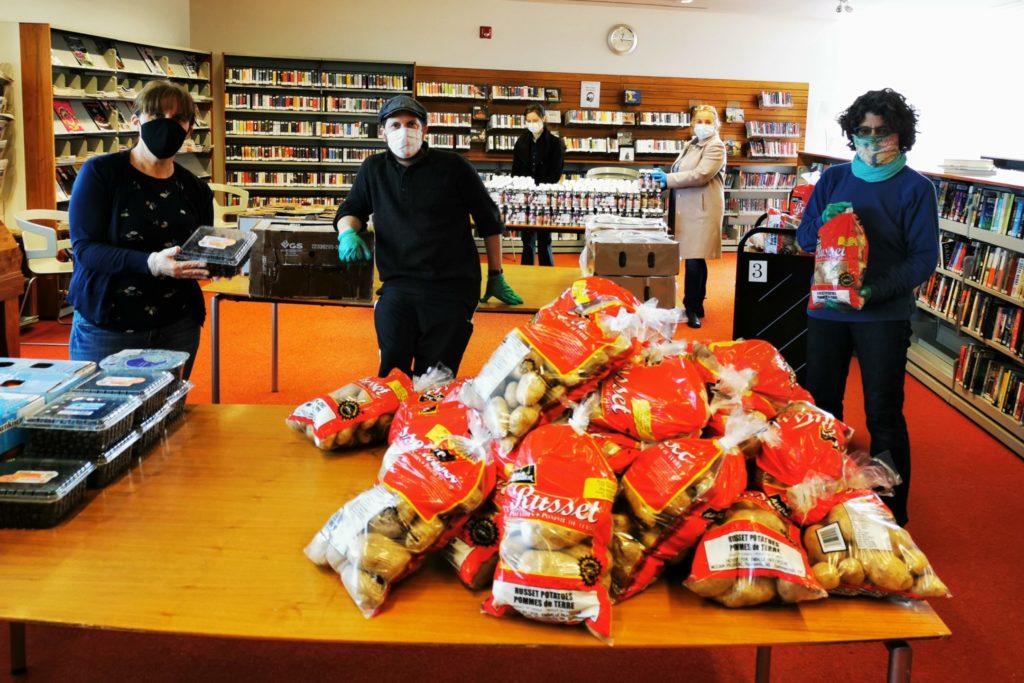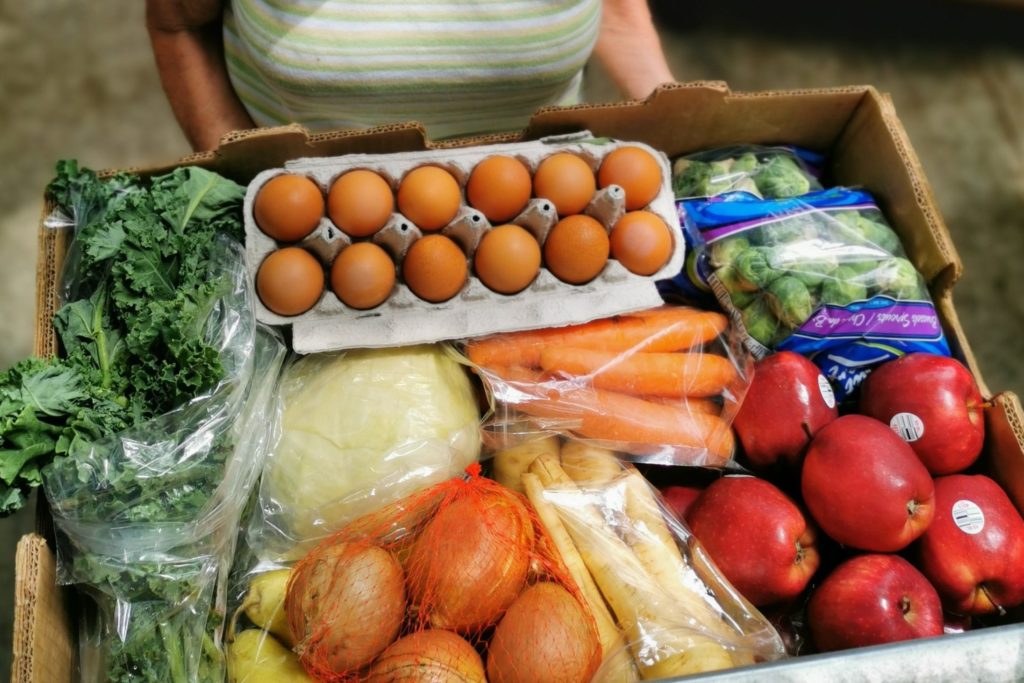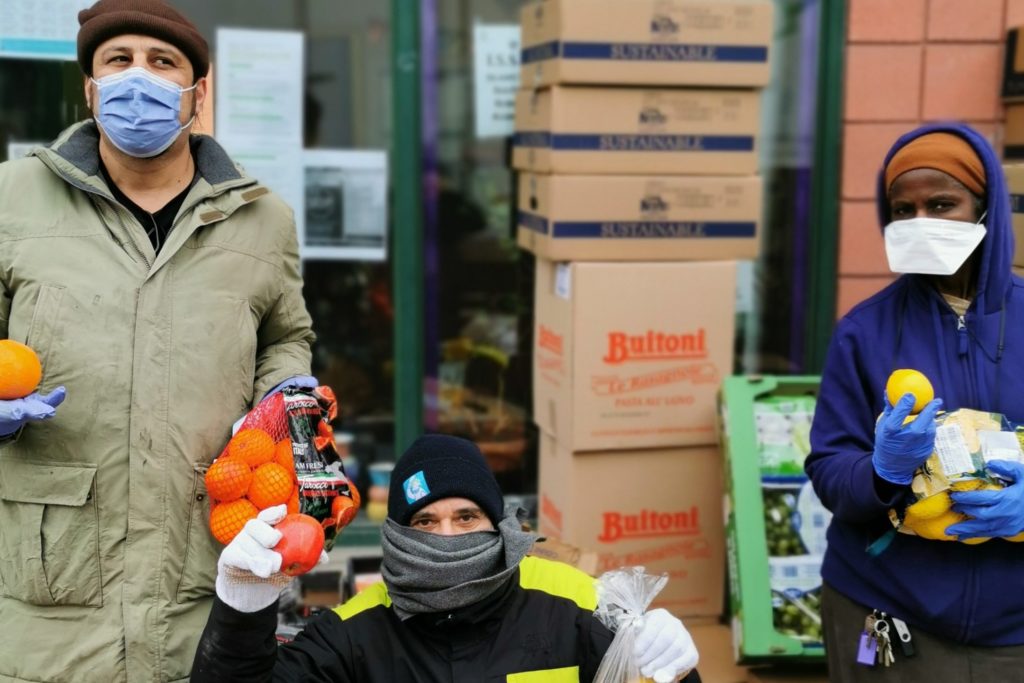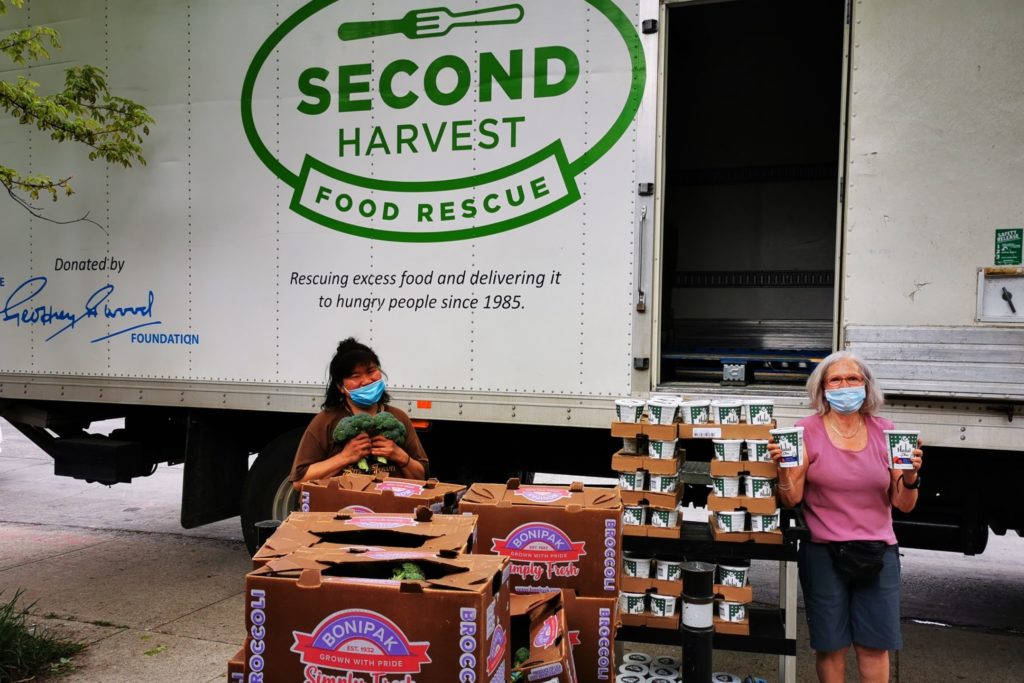Lori Nikkel was enjoying a promising start to her three-year plan for expanding her Ontario-based nonprofit’s newest program, an online matchmaker that connects food donors with charities to feed hungry people and reduce waste.
Then the pandemic hit. And Canada shut down.
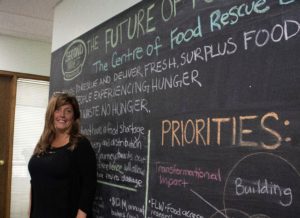
Thousands of shuttered restaurants across the country had kitchens full of food about to spoil, even as lost income and empty grocery shelves left millions of Canadians struggling to put dinner on the table. Nikkel, the chief executive officer of Second Harvest, knew her organization’s FoodRescue.ca platform could help on both sides of the equation. But there was no time to follow her carefully laid plans for a gradual national rollout. She called RedBit Development President Mark Arteaga, the software consultant she’d begun working with last year, and told him the new expansion deadline was, well, now.
“COVID-19 forced us to do in three weeks what we’d planned to do in three years,” Nikkel says.
In those few weeks, RedBit’s team of developers completely overhauled the organization’s new food rescue platform. It now allows for hundreds of users at a time across the country, has features to enable non-food donations such as hand sanitizer and toilet paper as well as the distribution of monetary federal relief funding, and includes a mobile app for easier access by everyone suddenly forced to work remotely. The team’s Herculean efforts in using technology to connect people with food was showcased this year at Inspire, Microsoft’s annual partner conference, where RedBit won Microsoft’s first Community Response Award.
“It was a crazy time when everyone just had to work round the clock,” says Hazel van der Werken, RedBit’s head of operations. “Lori had an amazing vision of no Canadian left behind, so we wanted to just get the technology working so Second Harvest could reach the furthest parts of Canada with food.”
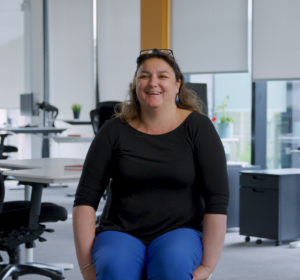
The hard work “also saved us as a team, because those initial days, weeks, hours of the pandemic were so worrisome, with a lot of anxiety,” van der Werken says. “We got ourselves through it because we all pitched in to get it done, and it was all so rewarding.”
Second Harvest began in Toronto about 35 years ago and hadn’t grown much since Nikkel joined the nonprofit six years ago. It was a local organization with a couple of trucks to pick up surplus food from across the supply chain, with the goal of keeping it out of the garbage and in people’s bellies instead.
“Our mission is no waste and no hunger,” Nikkel says. “We have an environmental imperative to save food because of the climate crisis. And a lightbulb went off and we thought, ‘Why are we sending a truck to Starbucks? That doesn’t make sense.’ And we realized we needed to become the networker, connecting systems and helping people access food without us being involved in a hands-on way.”
So Second Harvest created the Foodrescue.ca platform in 2017 to connect charities with the food sector. The pilot program worked well in Ontario and British Columbia, with a website and app where restaurants and grocery stores could offer food — even if it was just a few sandwiches from a café — and social-service agencies could claim it. But the platform wasn’t robust enough to expand. If there were more than about 10 users at a time, it would crash.
Second Harvest’s FoodRescue.ca platform connects food donors with charities and volunteers
Nikkel turned to RedBit last year for help.
The tech company was working to stabilize the platform and had developed a volunteer connector app where people could offer to pick up a food donation and take it to the nonprofit that needed it, rather than relying on Second Harvest’s big trucks for everything. The system was ready to launch when COVID-19 arrived on Canada’s shores, keeping would-be volunteers at home.
“So that got put on hold, but getting the food became much more necessary,” van der Werken says. Food service businesses lost their markets overnight, and food distribution centers were overflowing with canceled orders.
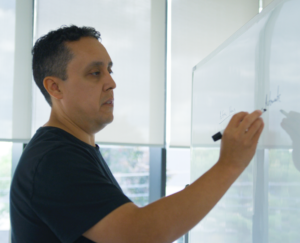
RedBit’s team of five developers assigned to the project ballooned to eight for an all-hands-on-deck response to Second Harvest’s sudden urgency in rescuing and distributing food. Arteaga shut down the office in March and sent everyone home, but he says they easily continued collaborating with Microsoft Teams for video conferencing and Azure DevOps for access to the source code.
“In three weeks they had more signups than they had before the pandemic,” Arteaga says.
And in three months, the amount of rescued food that normally goes through the platform in a year had doubled, providing 1.5 million meals to people in need, keeping all of that from being thrown away, and averting 6 million pounds of greenhouse gases that otherwise would have been emitted. RedBit set up a system for agencies who sign up on the platform to get automatic email or text notifications when food is offered, so they can quickly claim it.
Then the federal government gave Second Harvest 11.2 million Canadian dollars ($8.2 million U.S.) to distribute to nonprofits across the country, and within a weekend RedBit had spun up a technology solution to enable organizations to use the app to apply for, and receive, grants of as much as CA$20,000 each. A foundation gave Second Harvest CA$10 million to distribute in grocery gift cards, and RedBit’s team was able to quickly handle that addition as well. And since Canada is a bilingual country, it all had to work in both English and French.
“Everything happened in the first month” of the pandemic, says Nikkel. She more than doubled the FoodRescue.ca team to 14 as the crisis worsened, and created a national task force to connect industry leaders, nonprofits, indigenous communities and others to figure out where the surplus and the needs were and match them through the FoodRescue.ca platform.
“The whole country got behind this thing,” Nikkel says. “This was the one place where people across Canada could access food, groceries and money, and that had a huge impact on how Canada managed COVID-19. And that’s because of RedBit.”
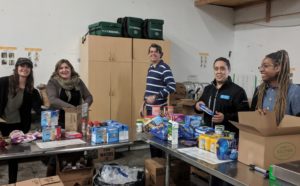
The software consultancy was able to respond so quickly in part because it already had experience developing with the right tools in Azure. The data collected by FoodRescue.ca goes into a model-driven app in Power Platform, Dynamics 365 is used to manage the system, and everything is based on Azure, Arteaga says.
But just as important was the company’s process of connecting with its customers and learning the specifics of their needs, he says. RedBit developers had spent time working with Second Harvest employees, donors and agencies, including sorting food and going on truck runs with delivery workers to see what challenges were being faced at every level.
With the new platform, a food donor — a restaurant, grocery store or any other food business — can create a donation listing, and then an agency — a food bank or any nonprofit that works with people in need — can claim it. Listings on a recent day included 5,600 pounds of crackers, cereals, meat, fish and nuts; 13,800 pounds of perishable prepared food; 3,700 pounds of baked goods and snacks such as cashews, cookies, noodles, candy, oatmeal and bottled water; and 2,500 pounds of bread.
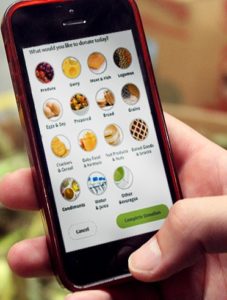
“And that’s just today,” Arteaga says. “All this food would have gone into landfills if it weren’t donated, which is crazy. We saw tomato sauce and baby formula that was going to the trash because of packaging imperfections, if it wasn’t rescued.”
Arteaga, who has been involved in technology since he was 14 years old, started RedBit in 2003 and began expanding it in earnest about five years ago, with 21 fulltime employees and seven active projects now.
With Second Harvest, “you’re saving people and saving the earth,” Arteaga says. “We’re finally getting to use technology to make a difference in the world. We build systems all the time — saving money, making money, automating processes — but this brings fulfillment, when you’re in the warehouse and see the amount of waste there is and know there doesn’t need to be that waste. So that’s why I’m fully invested in this as a human being to use technology for good.”
Nikkel says RedBit’s team worked so closely with hers that she considers them part of her organization.
“I almost don’t want to know about the tech,” she says, “and that’s what’s great — I don’t have to worry about it. I just know it will work so we can keep making sure people can eat and the food’s not going to the landfill.”
Lead image: A Second Harvest driver delivers food to a charity in Toronto.
Photos of Lori Nikkel, the RedBit team, the mobile app and food donation efforts were provided by RedBit and Second Harvest.



